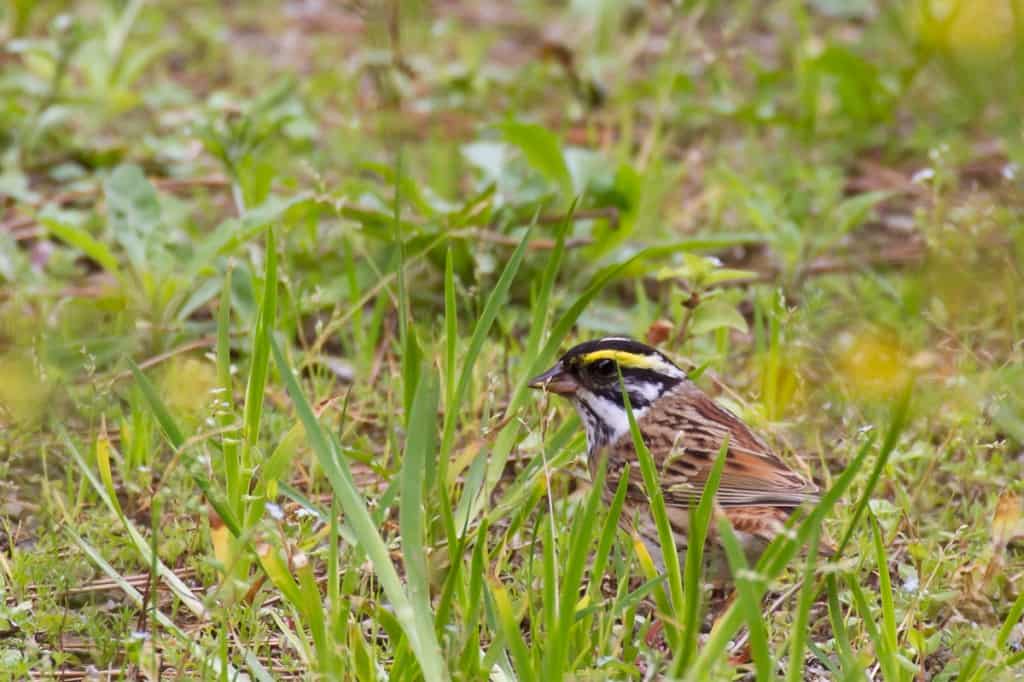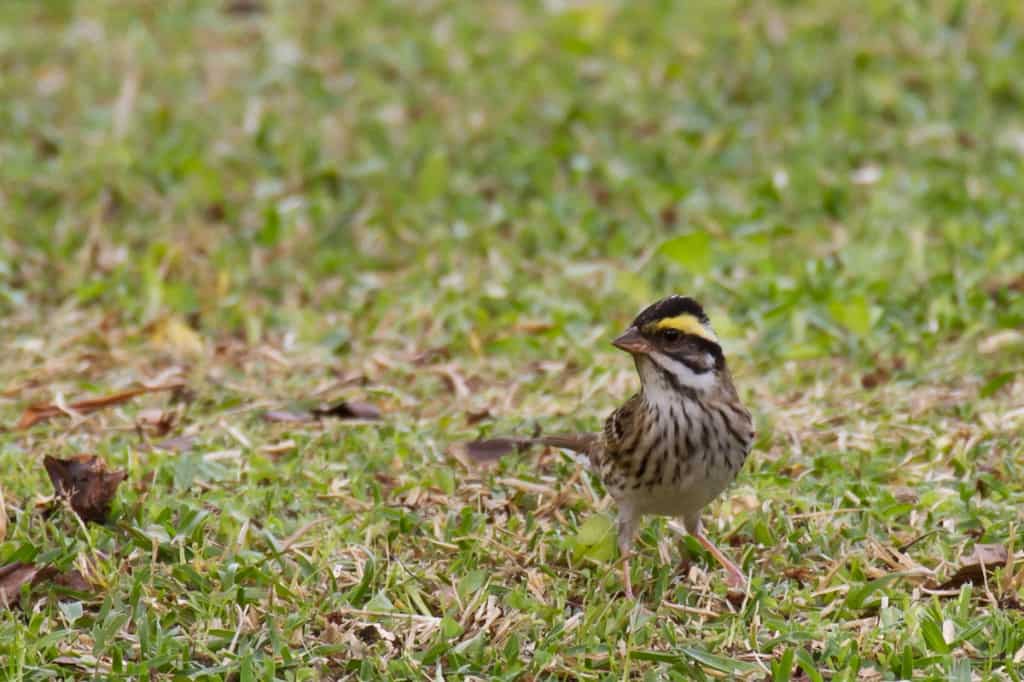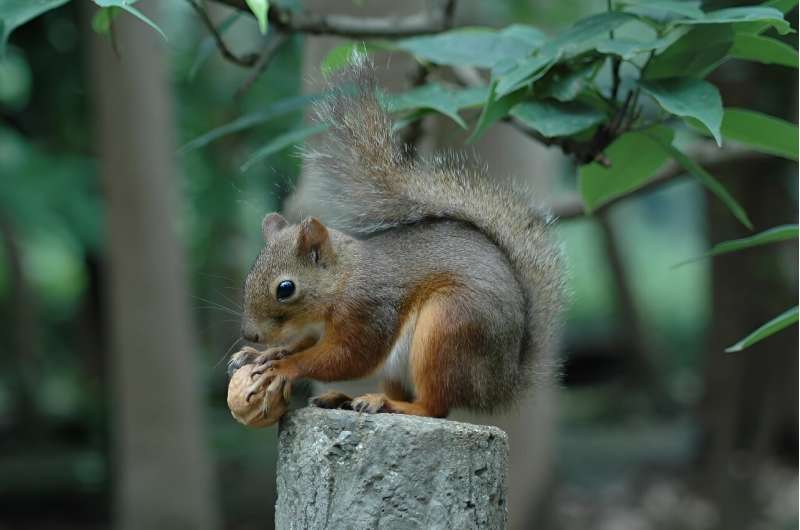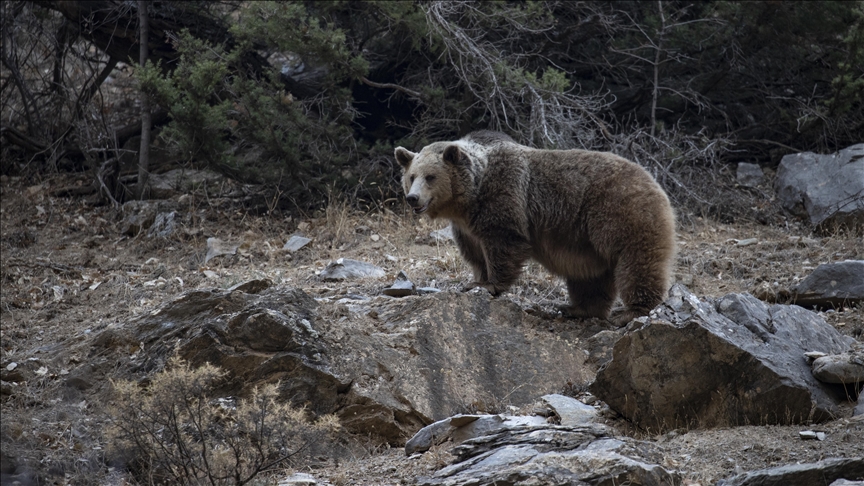Spring migration has been underway here in the southern part of Japan since mid-March and we have seen quite a few rarities making landfall briefly as the wintering birds make their way northwards toward their breeding grounds in northern China and the Russian Far East. Many birds travel between the Korean Peninsula and the Japanese mainland, so islands in the Japan Sea such as Goto, Tsushima, Mishima and Hegurajima regularly get falls of migrants depending on weather conditions and the birds’ condition. While these island birding hotspots can have hundreds of species on a good day, logistically they are not so easy to get to and also a little expensive to visit.

Luckily near where I live in Nagasaki Prefecture, there is a spot that also gets regular “fall outs” throughout the spring and autumn migration seasons, although the density is not as high as the smaller islands. This spot is particularly attractive to passerines, and is famous for its thrushes, flycatchers, warblers, and, perhaps most of all, buntings. This spring I was finally able to observe and photograph Yellow-browed Bunting, a rare bird even within its limited range let alone in Japan on migration. Normally observed in single pairs, this year there were several pairs which made the sightings all that more enjoyable! Males and females are fairly similar, however the males have darker heads that make the yellow brow stand out much more starkly; the yellow brow also doesn’t extend to the base of the bill, unlike in the female.

The Yellow-browed Bunting is a little smaller than average in size for Emberiza, with a length of between 14 and 16 centimetres. Their breeding and wintering grounds are quite restricted, with summer spent between Lake Baikal and the Sea of Okhotsk, while the colder months are spent in southeastern China. They prefer taiga forest and forage at the edge of the woods, never far from cover. However, while they are migrating they can sometimes be found in farming land that has some kind of cover such as trees, shrubs or agricultural land that borders wooded areas. The male photographed here was foraging in a school yard that bordered a heavily-forested hillside, while the female was photographed at a mountain top park area.

Interested in birding Japan? Check outwww.johnandrewwright.comfor photos and information on the different species you can see at different locations and times of year, as well as details on guiding services. Feel free to contact me regarding itineraries for any time of year – I specialise in getting visiting birders and wildlife photographers the best possible views of the species they are seeking!
John Wright
John Wright is an Australian wildlife photographer and bird guide based in Kyushu, Japan. John became seriously engaged in nature photography while living in Japan and then Thailand. He returned to Japan in 2008 and has since concentrated on wildlife photography, especially birds. John visits Southeast Asia and Australia regularly, but usually travels within the Japanese archipelago, where he also guides visiting birders and wildlife photography enthusiasts.






Leave a Reply